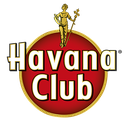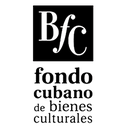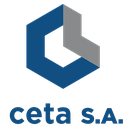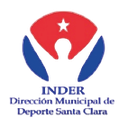Executive Secretary

IV International Symposium on Physical Activity, Sport and Recreation 2025
DEPORTE 2025
Introductory and High Performance Sports Workshop
This report presents the results of the Biomedical Characterization of the Cuban Athletic Population project, conducted by the Cuban Institute of Sports Medicine. The concordance between bone age, using the Total TW2 and RUS TW3 methods, and its relationship with body composition variables is investigated. Objectives: To examine the correlations between bone maturation and body composition variables in relation to chronological age, in order to establish significant differences between sexes; to better understand the impact of the pubertal growth spurt; and to evaluate the concordance between bone age and decimal age. Materials and methods: The Total TW2 and RUS TW3 methods were used in 81 young volleyball and basketball players to determine whether growth in this group is normal and whether the methods are interchangeable regardless of sex. Results: Significant differences in body fat were observed between sexes, with girls showing higher levels compared to boys, underscoring the importance of considering sex differences when assessing body composition in young athletes. High concordance was demonstrated between the Total TW2 and RUS TW3 methods for bone age assessment. This suggests that the RUS TW3 method is a viable and cost-effective alternative to the traditional Total TW2 method, potentially facilitating bone maturation assessments in resource-limited settings and providing a comprehensive view of the validity and applicability of the assessment methods under study.
Este reporte presenta resultados del proyecto Caracterización biomédica de la población atlética cubana, del Instituto de Medicina Deportiva de Cuba. Se investiga la concordancia entre edad ósea por los métodos Total TW2 y RUS TW3, y su relación con variables de composición corporal. Objetivos: Examinar las correlaciones entre la maduración ósea y variables de composición corporal en relación con la edad cronológica, para establecer diferencias significativas entre sexos; comprender mejor el impacto del estirón puberal; y evaluar la concordancia entre edad ósea y edad decimal. Material y métodos: en 81 jóvenes jugadores de voleibol y baloncesto de ambos sexos, en edades entre 12 y 14 años, se utilizan los métodos Total TW2 y RUS TW3, para determinar si el crecimiento de este grupo es normal y si los métodos son intercambiables independientemente del sexo. Resultados: Se observaron diferencias significativas en la grasa corporal entre los sexos, con las niñas mostrando mayores niveles en comparación con los niños, lo que subraya la importancia de considerar las diferencias sexuales al evaluar la composición corporal en jóvenes atletas. Se demostró alta concordancia entre los métodos Total TW2 y RUS TW3 para la evaluación de la edad ósea. Esto sugiere que el método RUS TW3 es una alternativa viable y económica al método tradicional Total TW2, lo que podría facilitar la realización de evaluaciones de maduración ósea en contextos con recursos limitados y proporcionar una visión integral de la validez y aplicabilidad de los métodos de evaluación en estudio.
About The Speaker

Dra. Danays Fernández Berdayes

Discussion

 Gold
Gold
 Gold
Gold
 Silver
Silver
 Silver
Silver